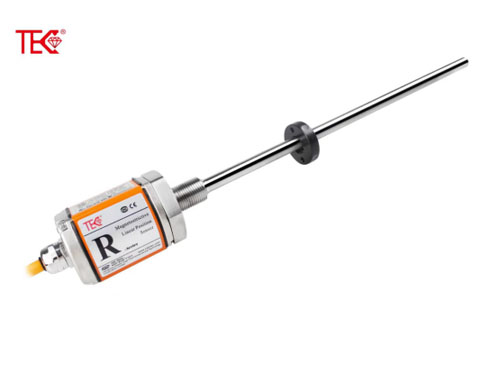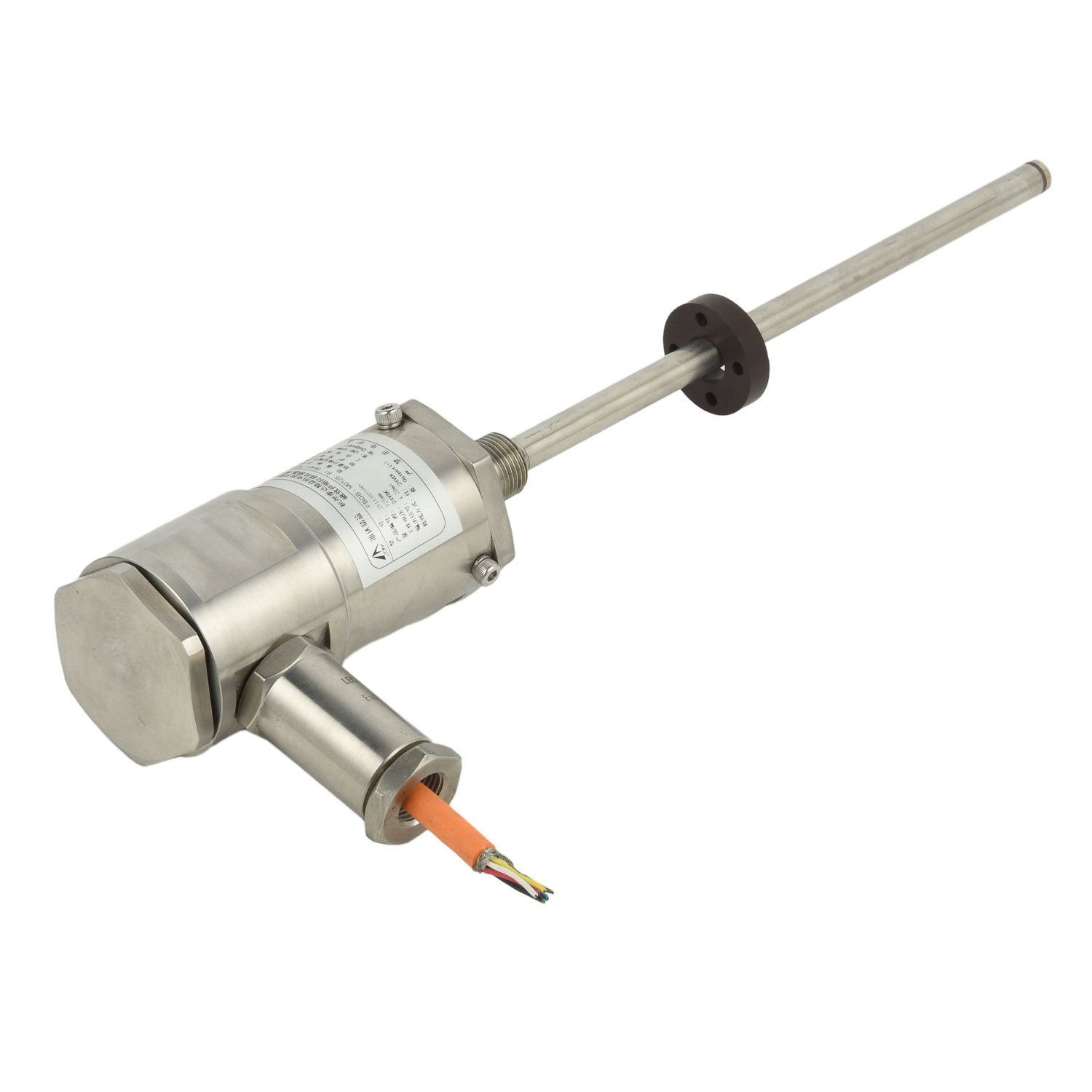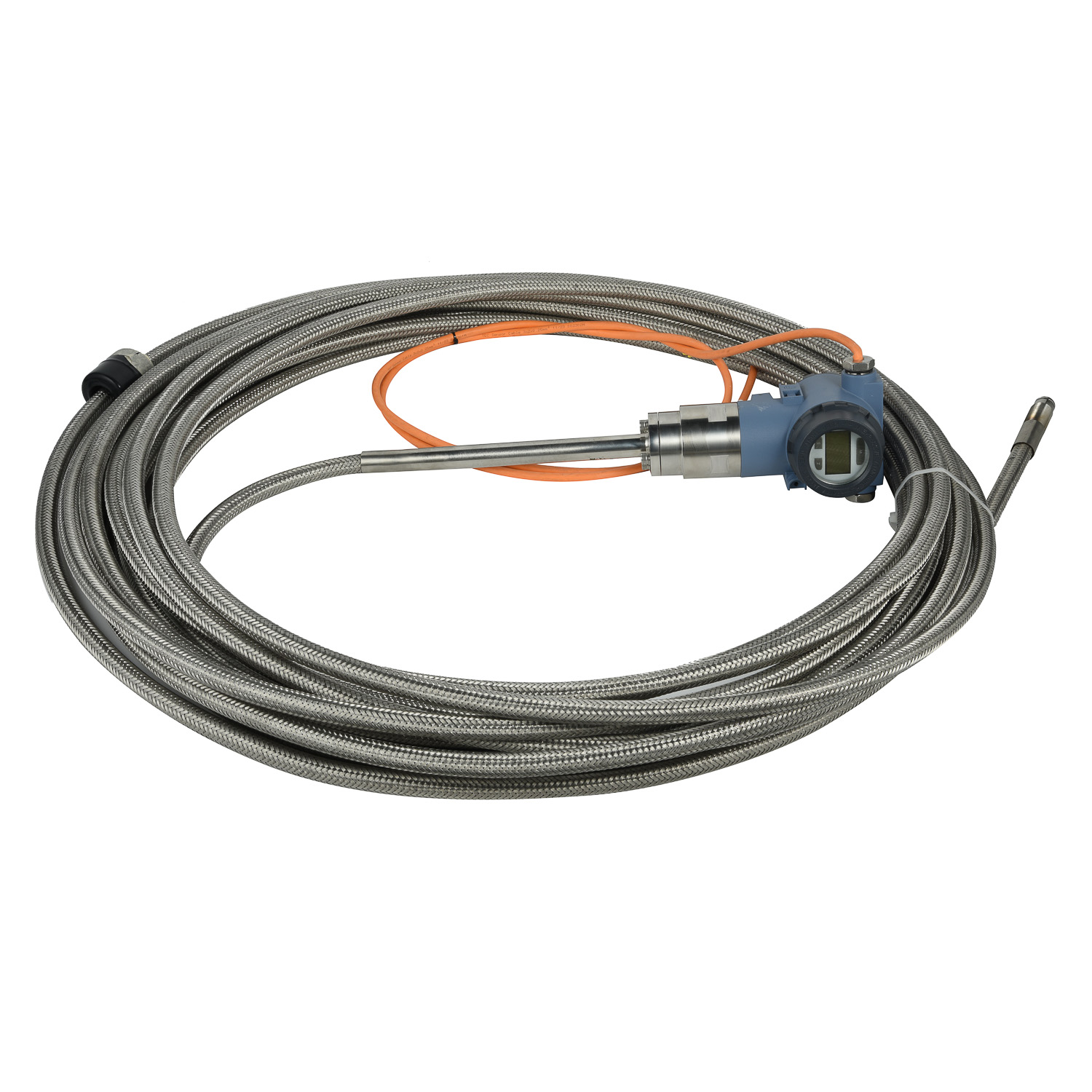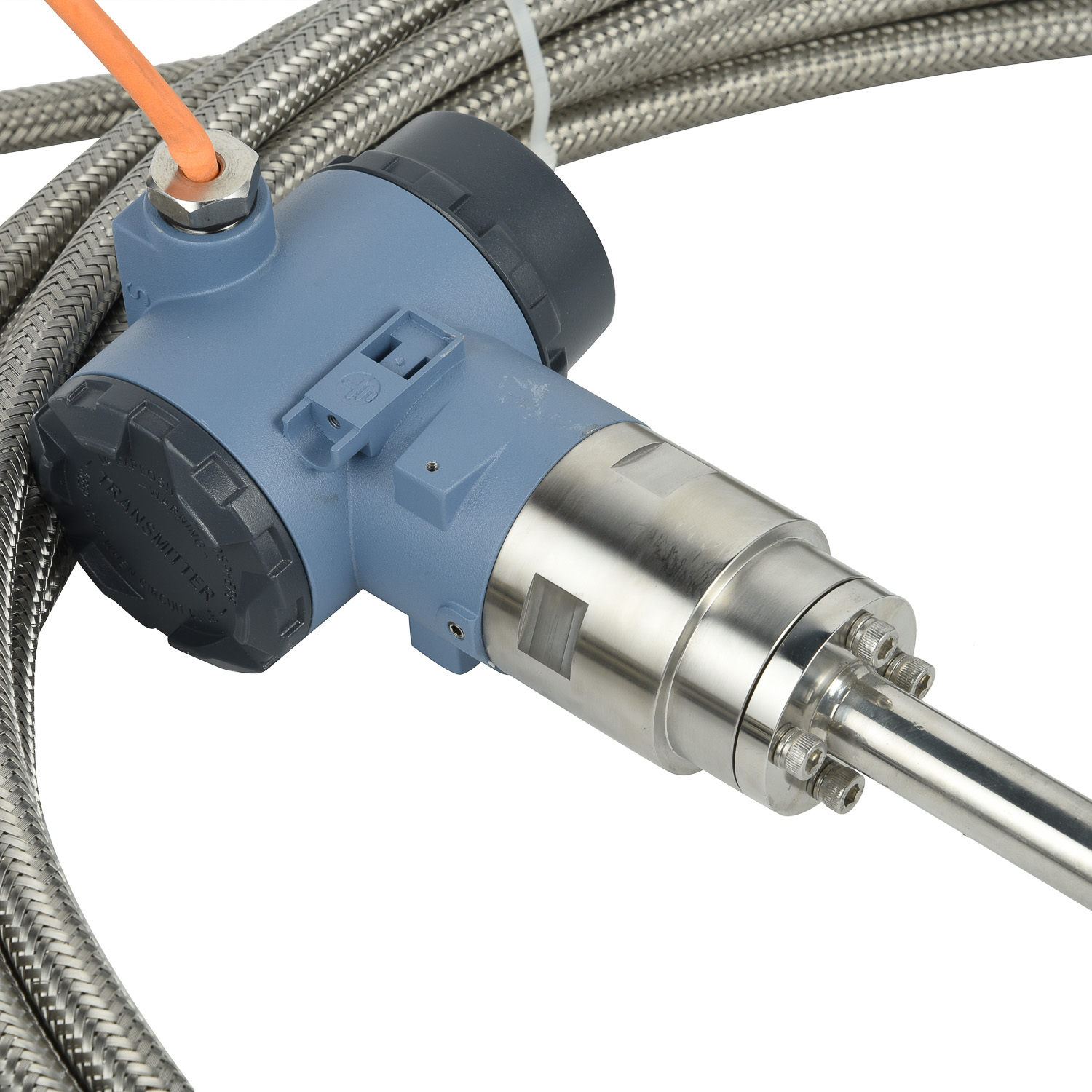What's the dust-proof sealing technology of magnetostrictive level gauges?
In industrial environments where fine particles and contaminants are prevalent, maintaining the accuracy and longevity of level measurement instruments becomes particularly challenging. The magnetostrictive level gauge addresses this concern through sophisticated dust-proof sealing technology that prevents particulate ingress while ensuring reliable performance. This protection is crucial for maintaining measurement precision in industries such as chemical processing, pharmaceutical manufacturing, and food production where dust accumulation can compromise sensor functionality.
The fundamental sealing mechanism begins with specialized gasket materials strategically placed at all potential entry points. These gaskets, typically constructed from advanced polymers like Viton or silicone rubber, create primary barriers against dust penetration. The selection of gasket material depends on specific application requirements, including temperature ranges, chemical compatibility, and pressure conditions. Manufacturers conduct extensive testing to ensure these seals maintain their integrity even during thermal cycling and mechanical vibration.
Multiple sealing layers work in concert to provide comprehensive protection. The primary seal surrounds the probe housing interface, while secondary seals protect electrical connections and mounting components. High-grade stainless steel enclosures rated IP66 or higher offer additional protection, creating a robust physical barrier against fine particulates. These enclosures are precision-engineered to eliminate gaps where dust could accumulate and eventually penetrate the internal components.
Advanced waveguide protection represents another critical aspect of dust prevention. The magnetostrictive probe, containing the sensitive waveguide wire, is fully enclosed within a protective tube that features hermetic sealing at both ends. This tube not only shields the waveguide from direct dust contact but also prevents particulate buildup that could interfere with the float movement. Some designs incorporate gas-purged systems that maintain positive pressure within the enclosure, actively preventing dust ingress.
Electrical connection points receive special attention in dust-proof designs. Waterproof connectors with rubberized seals and threaded couplings ensure that cable entry points don't become vulnerability points. These connectors undergo rigorous testing to verify their performance in dusty conditions, with many manufacturers conducting accelerated life tests simulating years of exposure to industrial environments containing fine particles.
The float design itself incorporates sealing considerations. Floats manufactured with seamless construction and polished surfaces prevent dust accumulation on critical moving components. Magnetic rings embedded within the floats are completely encapsulated, protecting them from contamination that could weaken magnetic fields and affect measurement accuracy. This attention to detail extends even to the smallest components, ensuring comprehensive protection throughout the instrument.
Installation considerations play a significant role in maintaining sealing effectiveness. Proper mounting orientation, correct torque application on sealing fasteners, and appropriate conduit connections all contribute to preserving the dust-proof integrity. Manufacturers provide detailed installation guidelines specifying torque values for gland nuts and proper procedures for cable entry sealing to ensure the protection system functions as designed.
Regular maintenance protocols help sustain dust-proof performance over time. Scheduled inspections of sealing surfaces, gasket condition assessments, and cleaning procedures that prevent abrasive dust accumulation all contribute to long-term reliability. Many modern magnetostrictive level gauges feature modular seal designs that allow for straightforward replacement during maintenance cycles without requiring complete instrument replacement.
The benefits of effective dust-proof sealing extend beyond mere contamination prevention. By excluding abrasive particles, the technology reduces wear on moving components, minimizes calibration drift, and extends service intervals. This results in lower total cost of ownership and improved process reliability, making magnetostrictive level gauges with advanced sealing suitable for the most demanding industrial applications where dust presence would otherwise compromise measurement integrity.

 UpgradingYourLevelMeasurementS
UpgradingYourLevelMeasurementS
 Why are magnetostrictive level
Why are magnetostrictive level
 ComparingMagnetostrictiveandRa
ComparingMagnetostrictiveandRa
 MagnetostrictiveLevelSensorfor
MagnetostrictiveLevelSensorfor
